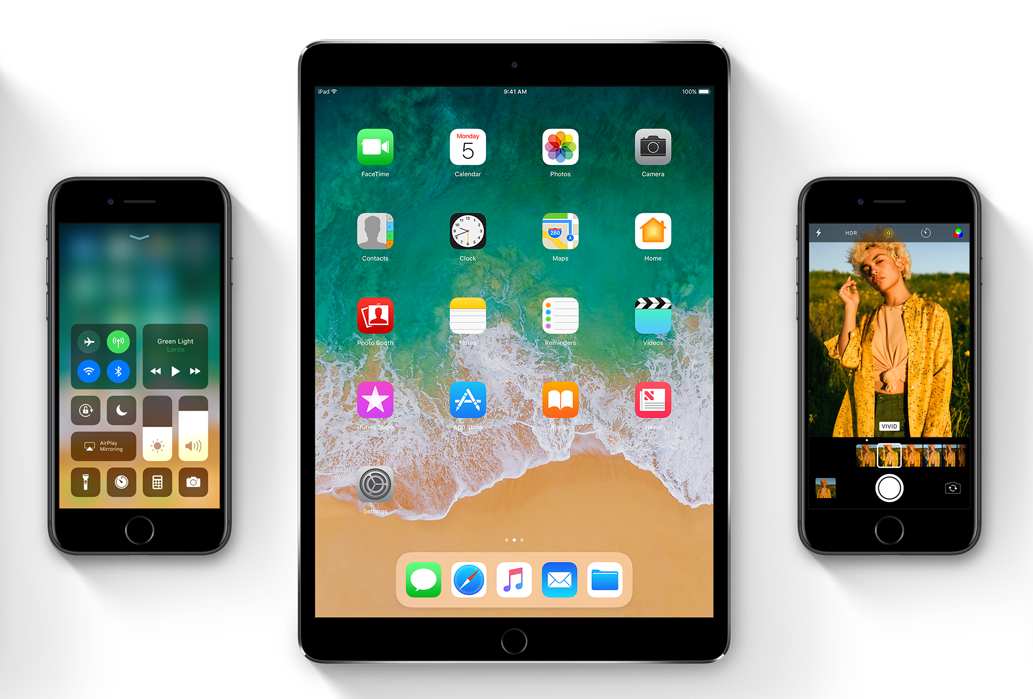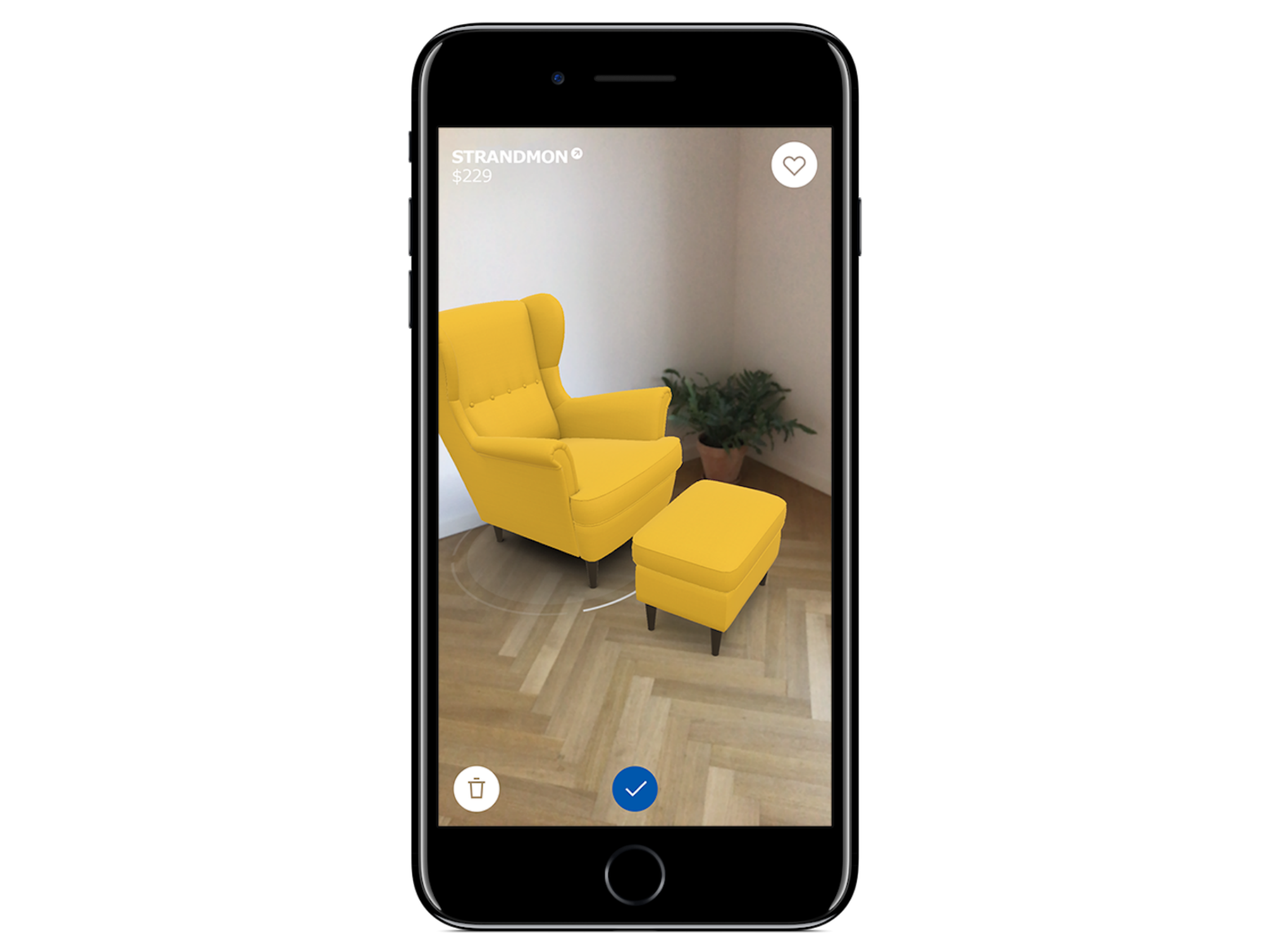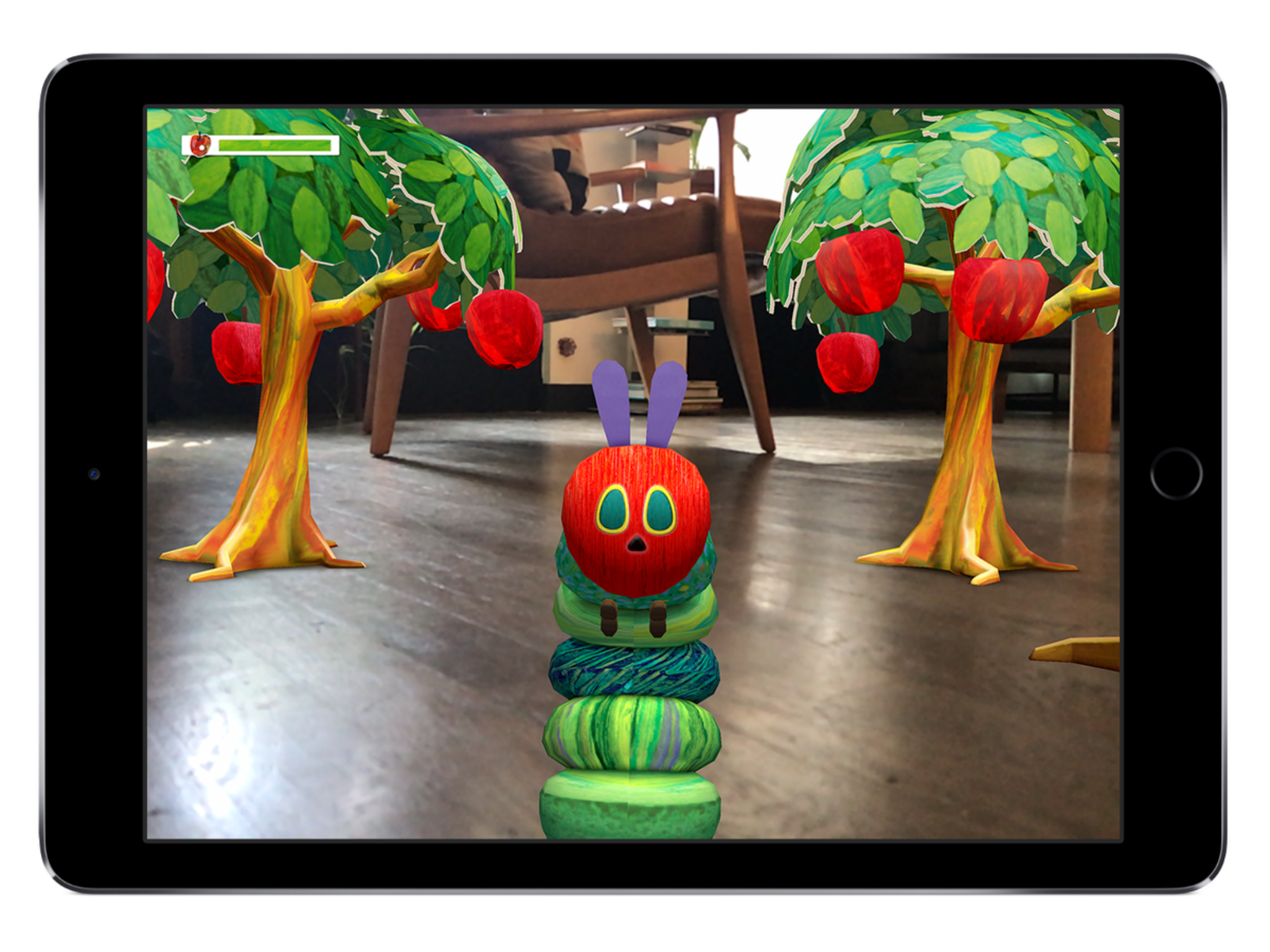Apple iOS 11 will change how you use your iPhone with new augmented reality and Siri features
The future is looking good

Your support helps us to tell the story
From reproductive rights to climate change to Big Tech, The Independent is on the ground when the story is developing. Whether it's investigating the financials of Elon Musk's pro-Trump PAC or producing our latest documentary, 'The A Word', which shines a light on the American women fighting for reproductive rights, we know how important it is to parse out the facts from the messaging.
At such a critical moment in US history, we need reporters on the ground. Your donation allows us to keep sending journalists to speak to both sides of the story.
The Independent is trusted by Americans across the entire political spectrum. And unlike many other quality news outlets, we choose not to lock Americans out of our reporting and analysis with paywalls. We believe quality journalism should be available to everyone, paid for by those who can afford it.
Your support makes all the difference.All eyes will be on the iPhone X tonight, but what's arguably more important is the impending release of iOS 11.
Each year, Apple updates the software for its iPhone, iPad and iPod touch.
Sometimes the upgrades are gentle, other times, like with the arrival of iOS 7 when every icon was changed and the look of the software given a massive overhaul, it’s almost unrecognisable.
This year is somewhere in between.
Follow all the latest from the iPhone announcement and release date here.
There are updates to some of the shortcut icons (the Maps icon now includes the circular Apple Park HQ on it!) but much remains the same as last year, on the surface at least.
But this year there are plenty of alterations you’ll notice. The biggest changes, arguably, are on the iPad, but there are so many of these I’ll come back to them separately. But smaller updates are on both phone and tablet, and the amazing ARKit developers’ kit are used to power new features.
AR is one of the biggest developments in iOS 11 and, indeed, in how we’ll use our phones in the future. AR is short for augmented reality, a technology that allows data from the web to be overlaid on a view of the physical world. Pokémon Go is the best-known example.
What has made AR a bit clunky in the past was the way the extra bits seemed to have no connection to the real world, with objects being the wrong size or appearing to float instead of staying still, for instance.
I’ve been in extensive sessions with AR developers and the initial results are impressive. First, everything appears at exactly the size it should.
This is something Apple’s guys have built into ARKit, so every developer gets it automatically. It’s done by using the iPhone or iPad camera to work out scale and absolute dimensions. And it works amazingly.

This is crucial with an app like IKEA Place, which lets you plonk an IKEA armchair down in your front room, for instance. With this app, I’m assured, if the virtual representation of the furniture fits in your room, so will the real item.
Not only are the apparently-3D objects solid-looking, they are richly detailed. Move in close to see that the armchair material is woven. Look underneath and you can see between the chair legs to your living room beyond. This is one of the slickest apps I’ve seen using AR.
Of course, as Pokémon Go has shown, AR is a gift for gamers. The Walking Dead: Our World places zombies in front of you, and be warned, they move quite fast.
There are favourite characters from the TV series in the game, too, to help you survive.
Less terrifying options include Arise, a clever 3D puzzle game. Once you’ve found a suitable place to play, round a table, perhaps, the ARKit software does its magic to lock on to the surface and a complex structure appears. Your job is to guide a little fellow to his destination only by using a trick of perspective: two different levels may look like they’re one when the iPhone or iPad camera is in just the right place and suddenly he’ll walk across happily enough.
Again, the tight locking of the virtual world in place is essential, to stop the game drifting out of the window.
And something like The Very Hungry Caterpillar proves that AR works for little children, too. The much-loved kids’ book is turned into a cute virtual pet in which you feed the caterpillar – watch it tunnel through an apple – and help it grow until it finally turns into a butterfly. It’s designed to be played when you’re sitting on the floor and looks terrific.
There’s also Star Wars Holochess which recreates the fantastic chess board from the fourth movie, and lets you place your monsters on the board so they can destroy each other. This looks fantastic and will be a very hot property when it’s released. Even Pokémon Go’s developers are apparently eager to use ARKit to offer improved aspects on compatible iPhones and iPads.

Less of a game but still fun is Giphy World which lets users create highly complex messages with footprints appearing on the floor to lead you round the room to see floating animations. Or there’s In the Kitchen from Food Network which lets you create virtual cupcakes, for instance, which you can share with friends. They’re also a way to retrieve appropriate recipes.
Just as with the App Store itself, the AR possibilities are endless and the technology is likely to generate another gold rush of apps.
The App Store, by the way, has had its first major overhaul since it first launched in 2008. The front page, for instance, is now called Today and includes a series of slick panels with new apps. Collections of games or other apps are designed to draw you in and there are even interviews, behind the scenes descriptions and greater detail on selected apps that you’d previously have had to find elsewhere.
It’s a recognition that when you have well over a million apps to choose from, the most important things are curation and guidance for what you’re looking for among the vast collection.
It includes neat features like Meet the Developer and Game of the Day. Apple has also recognised that games are a major part of the app universe, with a separate tab now devoted to the category.
Some elements are no longer there – such as the very handy Free App of the Week, though it’s still possible that when an item is chosen as App of the Day, that the developer can choose to go free while it’s being featured.
Control Centre is the panel of controls you find when you swipe up from the bottom of the screen and includes Airplane Mode, Wi-Fi, Bluetooth, Do Not Disturb, Torch and lots more. Right now it has three screens, one for all the main control gubbins, one for music and one for Home, for smart home items.
In iOS 11 it’s all one panel. Touch and hold the Music panel and it springs open to show what track’s playing. Touch the Home button and you can access smart home gadgets. On the iPad it’s additionally a way to access all open apps and if you don't want them you can flick them off-screen satisfyingly. As you can on the iPhone, but, as in iOS 10, that’s achieved by a double-press of the Home button to see the apps before you flick.
Live Photos are little near-animated photos that you can shoot on more recent iPhones and iPads. There are extra features in iOS 11 including a video loop (like the Boomerang app Instagram users like) and a long exposure that makes, for instance, fireworks look cool. Best of all, you can now choose which frame from the Live Photo cluster to make the main pic. Previously the software took charge of this.
The voice assistant, Siri, now has improved voices which suddenly have distinct personalities, with better intonation and more expressive tone. She – or he, if that’s the voice you prefer – now has more sports information and statistics. Now that Apple has opened Siri to developers, s/he will be able to do more stuff within apps.
The new iOS 11 will be available later this month. There are more features including improved Maps, a redesigned News app and a one-handed keyboard. It’s compatible with all iPhones from the iPhone 5S onwards, the sixth-generation iPod touch and a bunch of iPads (iPad Air onwards, all iPad minis apart from the first one and all iPad Pro models).
It’s looking good.
Click here for all the latest news on the iPhone X. And follow the latest news on Apple’s big announcement here.
Join our commenting forum
Join thought-provoking conversations, follow other Independent readers and see their replies
Comments